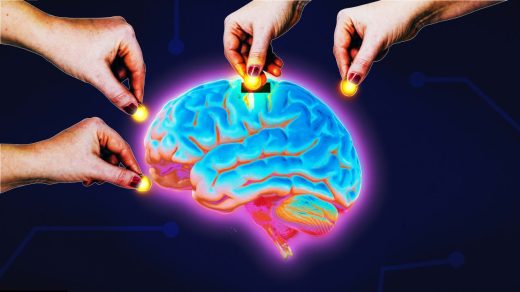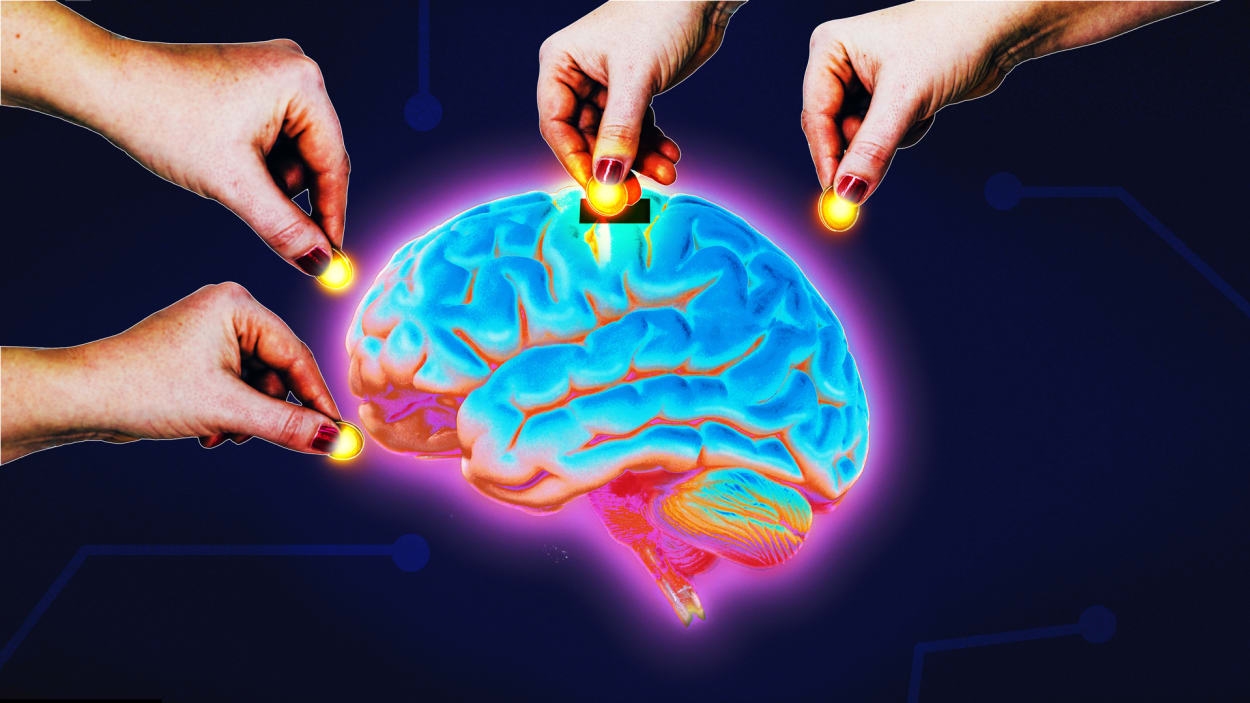The crypto-to-AI pivot was a mirage. How AI could make crypto bigger than ever
The meme of the crypto-to-AI pivot started even before the November 2022 release of ChatGPT. Last October, Meta, a company that was so all-in on the metaverse that it co-opted its name for itself a year earlier, had a different message for the public. Chief financial officer Susan Li said that AI, not the metaverse, would drive most of the company’s capital expenditure growth in 2023. On the very same day in January that Microsoft poured another $10 billion into OpenAI, it quietly announced that it would shutter its AltSpace VR metaverse. A few weeks later, Microsoft would close its industrial metaverse division. (Nooooo! Not the industrial metaverse.) In February, JPMorgan released a report saying that traders were turning their attention to AI and away from blockchain.
In the event there was any doubt that our cultural arbiters just wanted to move on to the new hot thing, this past week, Guy Oseary, the prolific tech investor who had gone all in on crypto in 2021 (he had backed Bored Ape Yacht Club owner Yuga Labs, NFT marketplace OpenSea, and NFT concierge payment service MoonPay), announced a new $240 million investment fund focused on AI.
It’s tempting to buy into this narrative that the AI hype cycle has replaced the effort to make a crypto-powered Web3 and the metaverse the next big things. But that ignores one very important notion: A lot of crypto projects were always simultaneously AI projects. The AI part got lost amid the crypto bubble, but it was always there.
As a result, what looks like a strategic pivot from crypto to AI turns out to be just a shift in emphasis. Which means that all of the ideas that most of the public rejected when attached to crypto projects may find their way into the mainstream via the current obsession with all things AI.
Hiding in plain sight
When Irreverent Labs announced in May 2022 that it had raised $40 million in fundraising led by one of A16z’s crypto investors, the company looked like it was building a play-to-earn Web3 game that would have its own economy. “[MechaFightClub] is a ridiculous idea: robotic roosters and hens fight in a hilarious combat sport that is part MMA, part Tamagotchi, part Gundam Wing, part Mortal Kombat, with a garnish of humor from Family Guy, Monty Python, and South Park,” the company wrote in a blog about the investment. “Every character in the game is an individually unique, artificially intelligent non-player-character (NPC) living on the blockchain as an NFT.”
While you were trying to wrap your head around the idea of robot-cockfighting NFTs, you may well have glided over the allusion at the end that every character in its game was “artificially intelligent.” The vision was that after one purchased an egg and that egg becomes a souped-up cockfighting bird, it would develop distinct, AI-generated characteristics and skills as they are trained by users.
Even though AI was baked in from the start, Irreverent was marketing MFC as akin to Axie Infinity—a game which was once seen as a potential source of income, especially in poorer countries like the Philippines and Venezuela. Participants would pay to play, and then earn in-game cryptocurrency as they continued. Beyond A16z, Irreverent’s lineup of backers was also dominated by crypto funds.
But as investors flocked to AI, Irreverent realized that it could make more money by leveraging the machine-learning technology it had developed. “When we started the company,” says cofounder and CEO Rahul Sood, “we called ourselves an automated entertainment company because the term ‘generative AI’ wasn’t widely used. But it’s the same idea.” Now, MFC serves as a display for the AI technology the company has been building to power it.
Irreverent plans to use the technology that it’s developed to create a video prediction tool and to give characters—like NFT art characters—personalities. “We’re not a gaming studio. We want to show people what they can do with our tools. We’re showcasing two tools we are working on: One is video prediction, which is what we’re going to release this year,” Sood says, describing the technology that can power fights and Mechabot evolutions. “Number two is this idea of breathing life into characters and making them autonomous.”
Sood already believes that AI has the potential to change the way gaming studios work. Like many AI evangelists, he says that AI won’t replace the job of storytellers responsible for developing the narrative or characters in a game. Instead, it can augment their work. At the same time, he thinks gaming studios can be much smaller. “If you look at the world-building we’re doing as a company of 30 people with MFC,” he says, “it would take like 300 people to do world-building in other games.”
Creating a blockchain use case
While Irreverent Labs uses Mechabot NFTs to provide a proof-of-concept for its AI technology, Singapore-based Alethea.ai is sticking with NFTs and using AI to animate them.
Alethea “wraps” avatars in AI that animates them and gives them conversational skills. These intelligent NFTs, or iNFTs as the company calls them, become something like chatbots that can be owned, trained, or sold. The company originally used OpenAI’s GPT-3 natural language model to give the NFTs intelligence, but now it uses its own AI model, seeing it as a key opportunity to generate a profit.
Founder and CEO Arif Khan thinks that by storing information about creations on the blockchain, people will be able to look it up and verify whether a video or image was real or AI-generated. “A day will come where you will tokenize your voice. You will tokenize your face. And if AI can do something cool with your voice, you might tokenize that as an NFT,” Khan says, adding that once a voice is tokenized, it would be easy to verify whether any recording made is real.
Checking AI’s work
Five-year-old San Francisco-based Golden, another A16z-backed startup that has raised $60 million, is also using the blockchain: this time, to verify AI-generated facts. Golden, which is already used by VCs, government agencies including the Air Force, and hedge funds—is trying to create an AI-generated encyclopedia with an easy-to-use search function that could help users compare information or aggregate it in different ways.
The blockchain comes into play when it rewards users who provide correct data with tokens as well as users who can validate that information. “When you have a proposition of a fact, how are you going to go and verify that information?” asks founder and CEO Jude Gomila. “You could look it up on a website and make a judgment based on whether the website is reliable. But you could also say to the person making the statement, ‘Well, why don’t you go stake that statement?’ If you are wrong, you will lose the money you staked, but if you are right, I’m going to give you a reward.”
Like Alethea, Golden effectively uses AI to provide a concrete use case for the blockchain that might actually be used by people.
In all three companies, there is a positive feedback loop between AI and crypto. AI technology can turn the blockchain into something useful rather than conceptual. In turn, as AI-generated deepfakes and misinformation flood the internet, the blockchain may become a useful tool to figure out what’s right.
Ultimately, many companies—including Irreverent Labs, Alethea, and Golden—realized that AI and crypto could build on each other. It’s only recently that most investors, companies, and laypeople understood the potential and meaning of the former. That’s when those companies adjusted their sales pitch.
(19)



